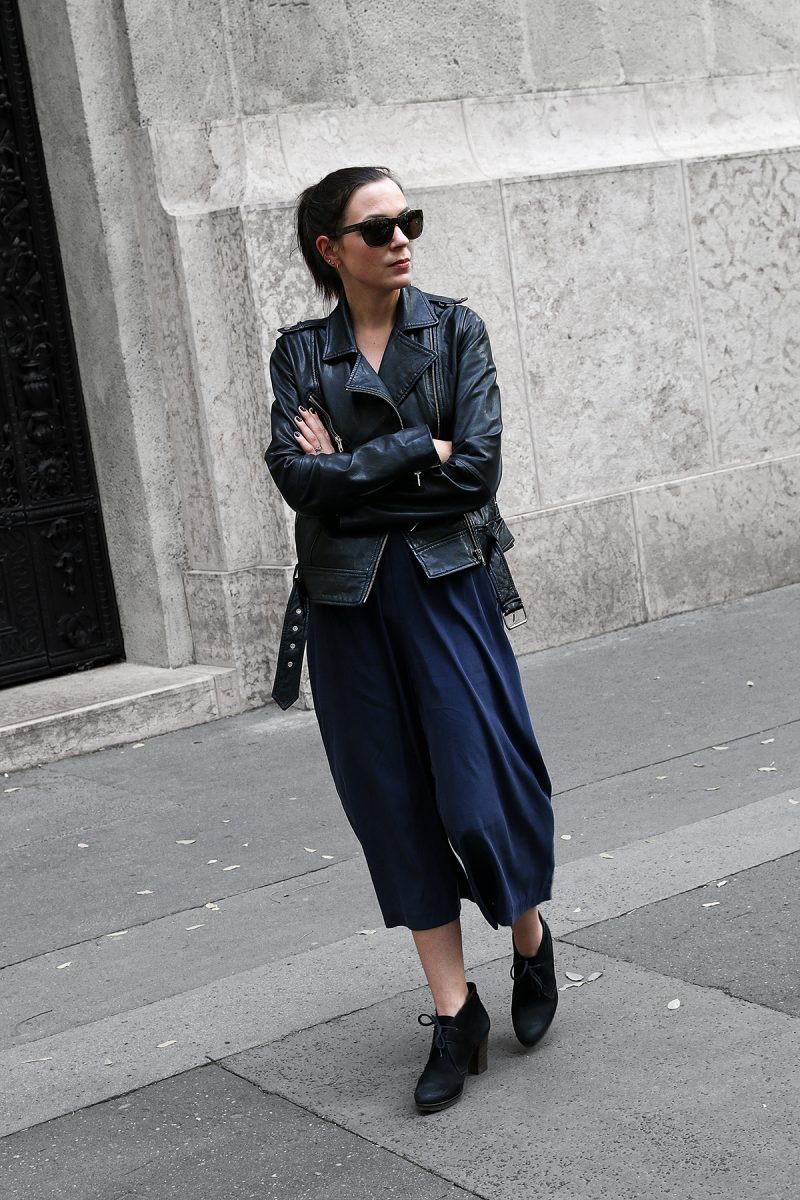
The other day I did another round of wardrobe decluttering. I keep my fall/winter and spring/summer clothes separate, mostly because I don’t have enough closet space currently, but also because it’s very practical. Every time I do the seasonal switch, I go through each item and decide whether to keep it or not, mostly based on how much use I got out of them during the season. Sometimes, if I’m indecisive about an item, I keep it for one more season, but never longer than that.
As I was separating the clothes I wanted to keep from the ones I wanted to donate, I picked up a blazer. I knew it was its time to go. I wore it a couple of times last year I think, but it became a little too worn and not a 100% my style anymore. To be honest, I don’t have a particularly hard time letting old items go. In these cases I look back at how many uses I got out of them, how happy they made me feel, and hope that someone will find them useful as well.
Then I tried to remember of when I bought it. To be honest, I can’t remember exactly, but I guess it was around 10 years ago.
I know it’s not exactly vintage, but considering the incredibly fast cycle of fashion, as well as our evolving taste from our late teens and throughout our 20s, I think it’s a pretty good run.
This got me thinking: how old are our clothes?
As I looked through my closet, it’s a pretty eccentric mix age-wise.
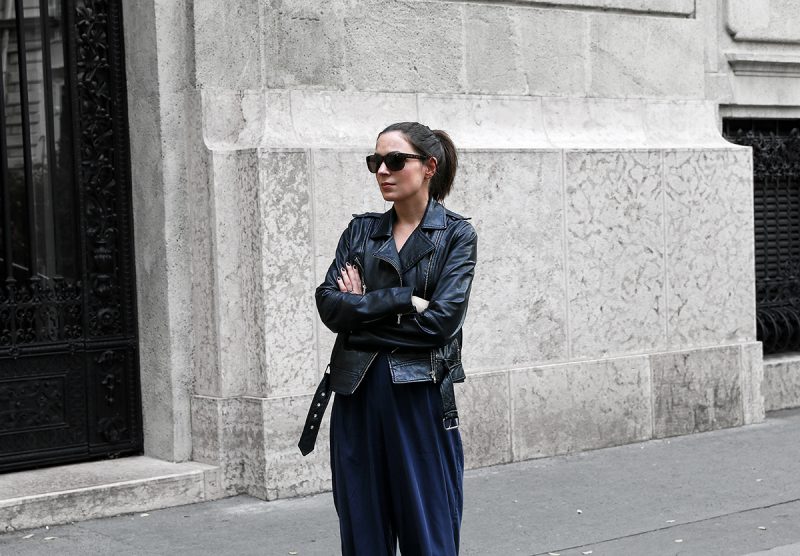
How old are MY clothes?
Preface
As I said previously, I have no idea how many items I own, nor do I have the inclination to count them. It would probably take too much time and I don’t see why a simple number would matter. So I’m working with estimates here, not concrete numbers.
Most of my clothes have been newly bought; I have very few vintage or thrift store items, so their age is basically the same as the date of manufacture.
I’ve been buying my own clothes for approximately a decade, so that’s the timeframe the clothes’ age should be compared to.
Coats
The oldest items are some my leather jackets: I got the most recent one in 2014, and the oldest in 2010, so 7 years ago. I have a trench coat that is 5+ years old, but my winter coat is a newer addition from 2 years ago. I have a couple of transitional ones in the 0-4 age range.
Pants
These are mostly 0-3 years old. I’m just simply not able to prolong their lifespan any further than that, no matter how pricy or cheap they have been.
Dresses
Mostly 0-5+ years old, however I do have some dresses that I got more than a decade ago.
Blazers
I think they are 3-5y old on average. As these are staples of my wardrobe, I have several ones and many are new additions, but I have ones from 5-7 years ago as well that I still wear.
Sweaters
There’s a great variety here as well. Some of them go back 6-7 years and some of my cashmere sweaters go back even further.
Shirts
0-6/7 years (though I do have some 10+ years old shirts I stole from my brother that still work for me).
T-Shirts
These are in the same category as pants. I don’t like spending a lot of money on them, because they rarely keep their quality longer than 2-3 years.
Bags
My bags are fairly new, the oldest is my everyday Kate Spade bag I got in 2014. Since then I think I added an average of 1-2 bags every year to my collection, not Chanel level designers (yet:)), but a little bit above high street prices. I expect these to be with me for many more years.
Shoes
0-6+. A good quality goes a long way in this case well.
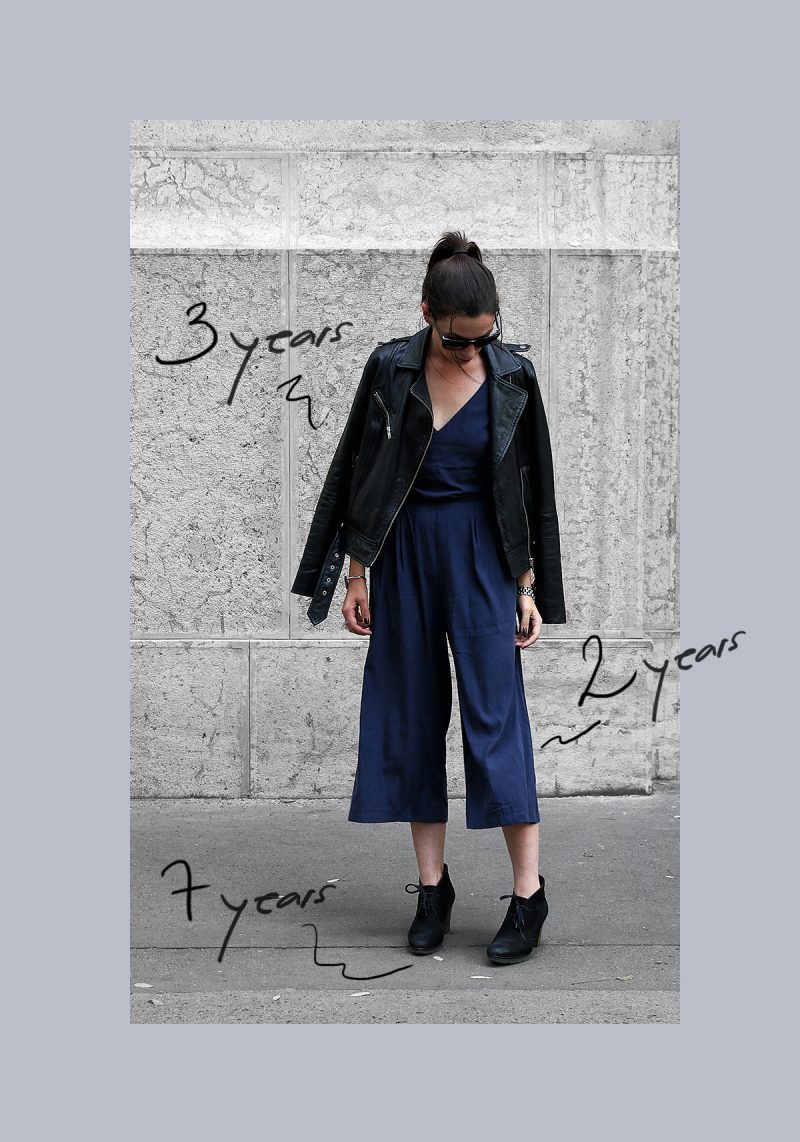
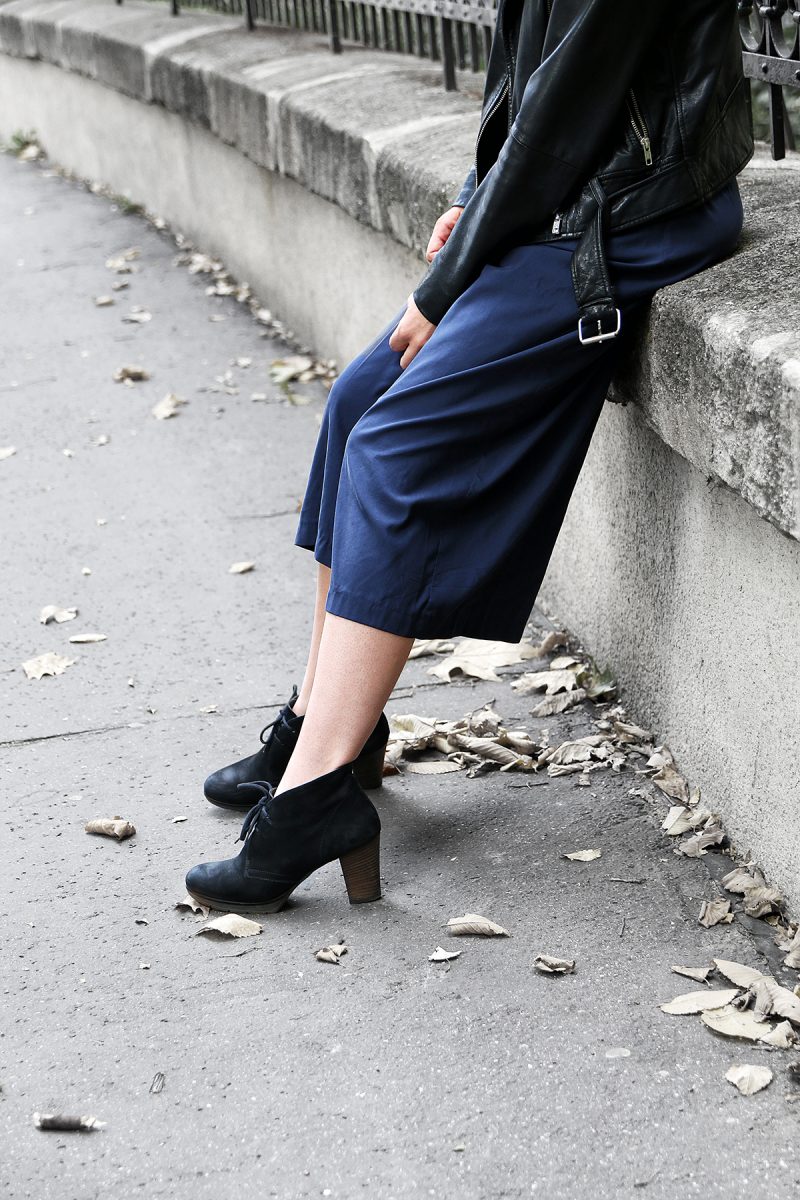
The conclusions
It seems I’ve been on a good path shopping-wise in the last 5-6 years. I cannot recall one purchase that only has been used for a single season, probably because I’m not a big fan of uber trendy pieces and I don’t buy cheap quality.
This also coincides with the time I started to work and began to have more income to spend on clothes. Compared to my teenage/early university years, quality over quantity has definitely been my guiding shopping principle.
Investing in coats, bags, and good quality fabrics seems to pay off. On the other hand, for me there’s no point is spending too much money on jeans, pants, T-shirts, or skirts (I think I only have two of those), either because I don’t wear them a lot or I am unable to keep them intact a longer than a couple of years.
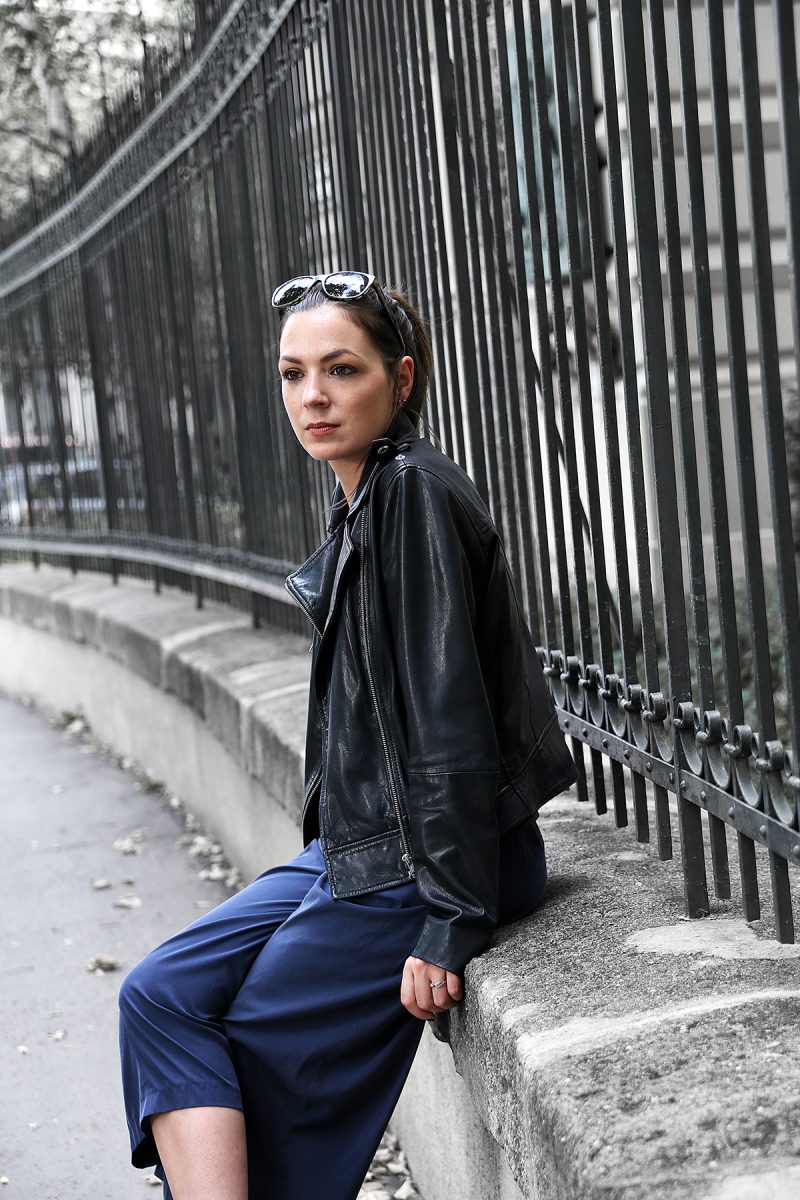
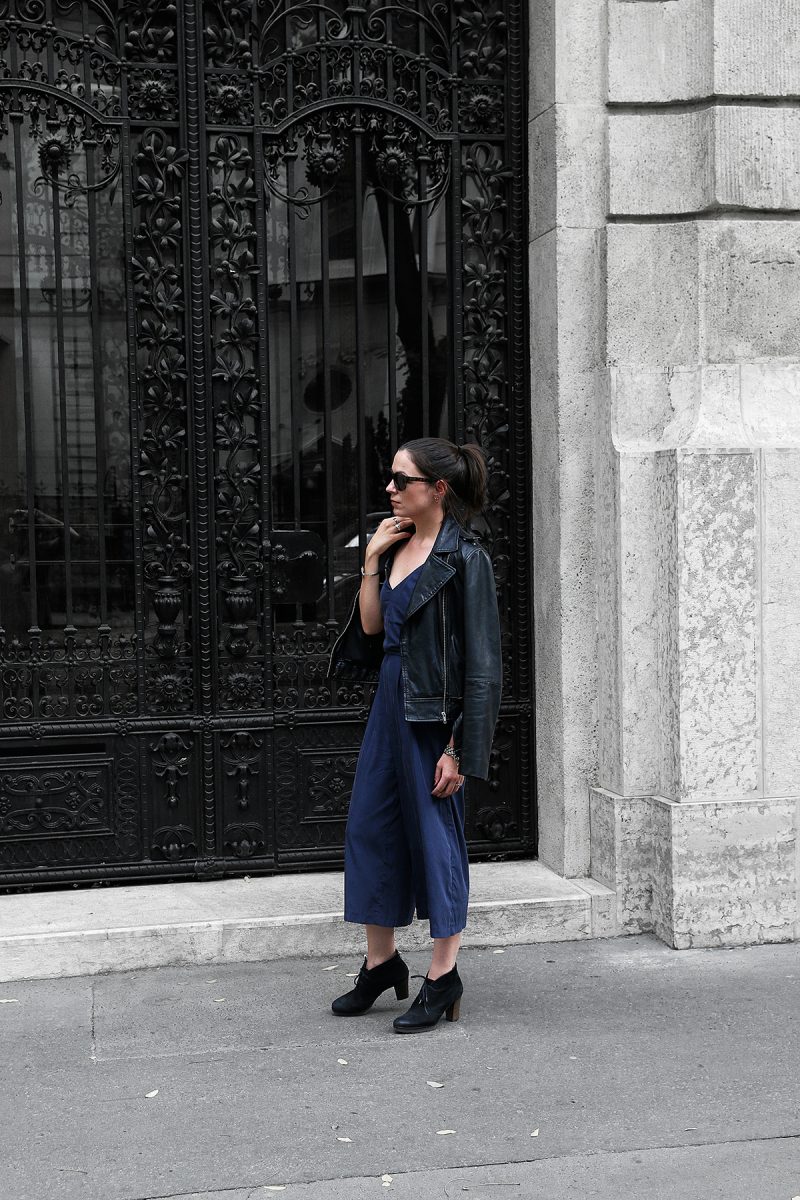
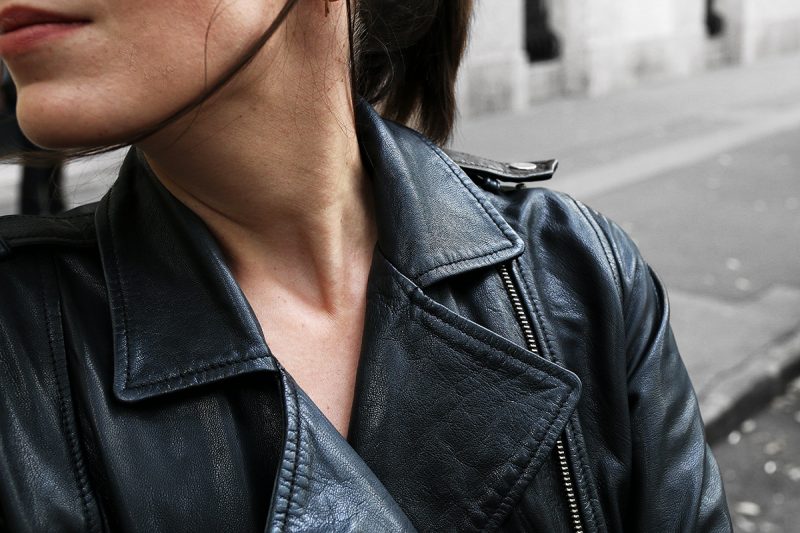
How to prolong the life of your clothes
Quality over quantity
It’s always better to buy less, but good quality. This doesn’t necessarily mean that you have to spend an inordinate amount of money on designer clothing, but there is a correlation between production, price, and quality. Mass-produced fast fashion pieces are usually (not always) not made out of the best quality fabrics or with a great attention to details, like stitching. For me, fabric is always the first criteria (take a look at the list of fabrics I recommend and the ones I avoid). I’d always rather spend a little bit more on good quality, unique design, great materials, and good manufacturing.
Know your style
If you know your style, and buy things that fit your aesthetics, lifestyle, and body perfectly, you’re more likely to enjoy and keep on wearing those clothes. I’m now fairly confident about what I like, including the color palette, the shapes, the details, and types of clothes. Here are some tips on how you can master your personal style as well.
Care for your clothes
One major principle of the slow fashion movement is to buy clothes for quality and longevity. With the right purchases and proper care, we can greatly extend their lives. Always, always read the label and laundering instructions first. They are there for a reason. The most important tips I picked up to make my clothes last longer:
+ Get out of them the moment I get home and put them back to their place. Absolutely no lounging around in my going out clothes.
+ Wash separately. Blacks, whites, colors, fitness clothes, jeans, and sweaters should be washed separately. I use different types of functions and detergents as well.
+ Avoid the dryer if you can. I don’t have a dryer, but I used to when I was living in the US. To be honest, I’ve basically never used it, maybe for socks and towels. In my experience, it shrinks clothes and can destroy materials, increasing pilling for example. I use a hanging rack and air dry practically everything. For sweaters or more delicate pieces, I lay down a towel and lay them on top of it. This way, you can preserve the shape and the fabric.
+ Be careful with hanging. You should never hang cashmere or wool, because they can stretch out. Better to roll them up – it takes a lot less space and the fabric is not broken.
+ Use good hangers. I hate the dry cleaning wire hangers (along with the plastic ones) they can actually stretch out the material. Better to invest in sturdier wood hangers.
+ Do not wash or dry clean everything after one use. This of course should be a matter of personal judgment, but I don’t clean my blazers after every single use. It’s tough on the material, so check whether it really needs that cleaning.
+ Iron with care. Sometimes I put a white linen over the item I’m ironing to decrease the pressure and the heat on it. A steamer is also a good option to gently get out wrinkles.
+ Keep bags in their bag. Keep your more expensive shoes in their boxes as well, especially if you put them away for a season. Always put a shoetree or some old newspaper in them to preserve their shape.
Here’s a very in-depth look at how to care for various materials.
Have you ever checked how old your clothes are?
SaveSave

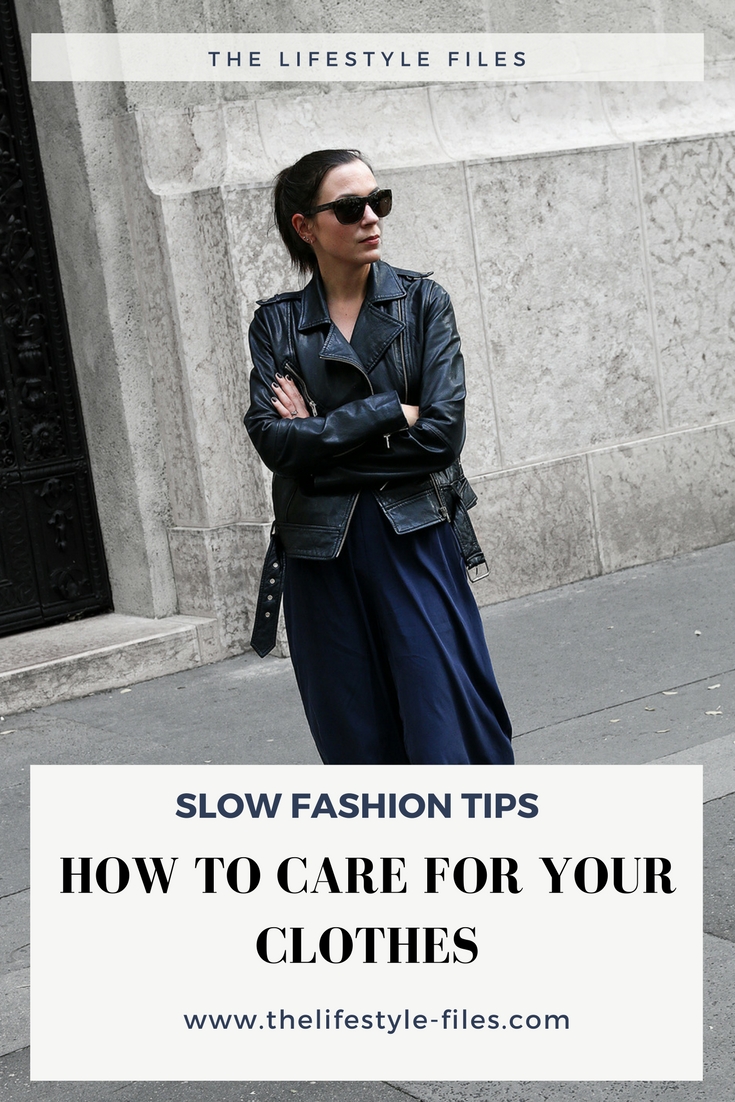
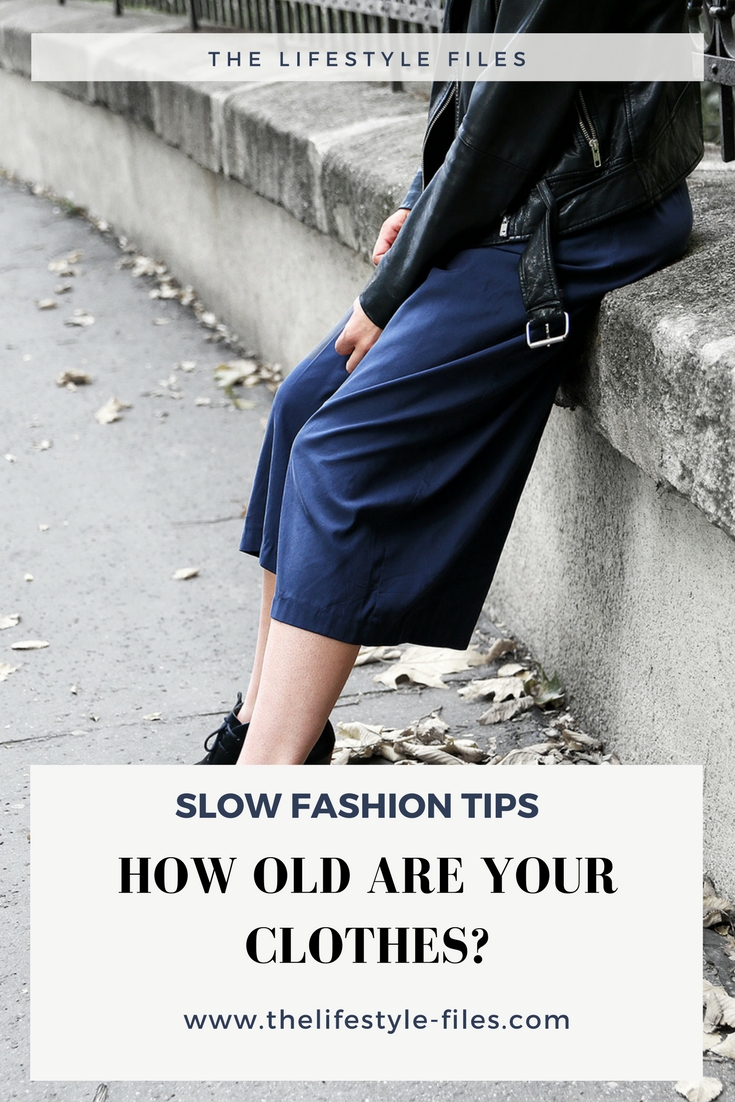

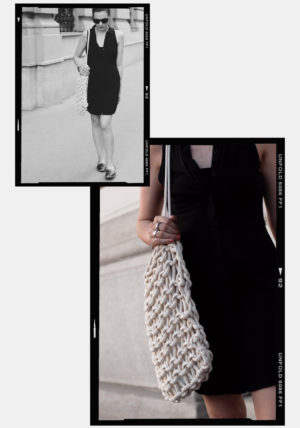
I really enjoyed reading this article. You touched on a lot of good points. I’m familiar with the price of fast fashion on the environment and people. And I hate the idea of throwing clothes away after only a few wears. Now I shop primarily in thrift stores for my casual clothes and try to buy only quality pieces when I shop retail. To make my clothes last longer, I wear them few times before washing or spot clean them with a towel if I need to. I wash sweaters and long-sleeve shirts in net bags on a gentle cycle so they keep their shape and don’t pill as fast.
I never used net bags, now I’m wondering if I have to invest in some. I think there are a couple of good ways to break this mindless consumption that fast fashion culture is fostering and realizing the true value and cost of clothes (both the one we pay and the one paid by others) and as a result trying to hold onto them longer is definitely a good one.
Thank you so much for reading!